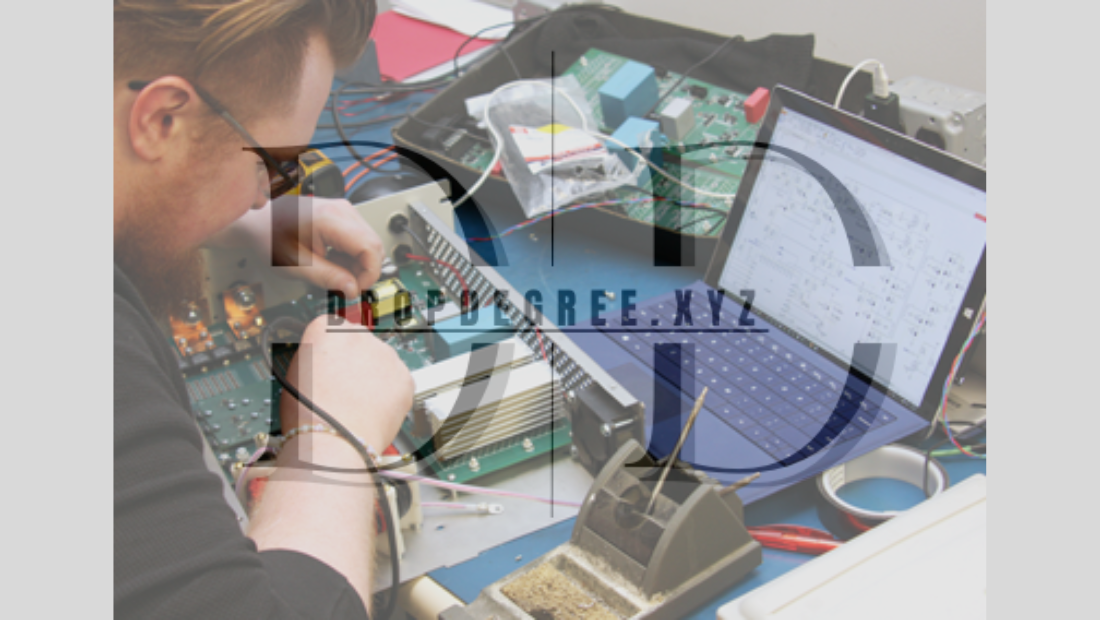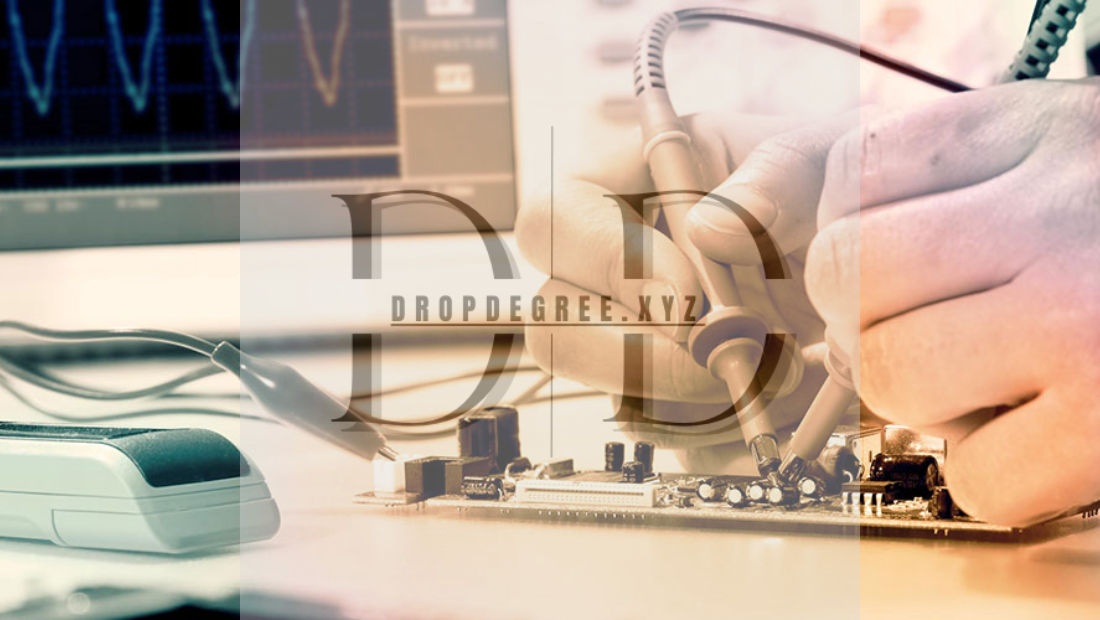In today’s world of advanced electronics and ever-evolving technology, the need for reliable, efficient, and high-performance power supplies has never been more critical. Whether you’re designing power systems for consumer electronics, industrial equipment, or medical devices, the power supply unit (PSU) plays a crucial role in ensuring that your devices operate optimally, efficiently, and safely.
A well-designed power supply doesn’t just provide the necessary voltage and current to your device; it helps optimize performance, energy consumption, and longevity while preventing damage due to fluctuations, overheating, or short circuits. So, how do you go about designing a stable, efficient, and high-quality power solution that meets modern standards?
This comprehensive guide will take you through the core principles of power supply design and explain how to create a solution that delivers on performance, durability, and reliability. Whether you’re a novice or an experienced engineer, understanding these principles is key to building a top-tier power supply.
What is a Power Supply and Why Does It Matter?
A power supply unit (PSU) converts electrical energy from a source—whether from an alternating current (AC) wall outlet or a battery—into a regulated, stable form that electronic devices can use. Power supplies ensure that devices get the correct voltage, current, and frequency, whether you’re powering a desktop computer, a high-tech medical instrument, or a complex industrial system.
The power supply’s role goes beyond mere conversion. It also stabilizes the flow of electricity, handles fluctuations, and minimizes interference, ensuring that sensitive devices function without performance hiccups. When designing power supplies, several factors must be considered, including efficiency, noise reduction, thermal management, and protection mechanisms.
Core Principles of Power Supply Design
Creating a power supply involves several stages, from understanding the specific requirements of the device to selecting the right components and integrating them for optimal performance. Let’s break down the most important principles of power supply design.
1. Voltage Regulation: Consistency is Key
Voltage regulation is one of the most crucial aspects of power supply design. It ensures that the device receives a consistent voltage level despite any fluctuations in input power. Whether your device operates on AC-to-DC conversion or needs to step down or step up voltages, the goal is to maintain a steady, precise output voltage.
- Linear vs. Switching Regulators: For low-power applications, linear regulators provide precise and stable output with low ripple. However, they are less efficient because they convert excess energy into heat. On the other hand, switching regulators (SMPS) are more efficient, especially for higher power applications, as they use a switching transistor to control energy transfer, reducing heat generation and energy loss.
- Types of Voltage Regulators: Depending on the application, you can opt for buck converters (which step down voltage), boost converters (which step up voltage), or buck-boost converters (which do both). Selecting the correct regulator type ensures that the voltage delivered matches the specific needs of your device.

2. Efficiency: Reducing Energy Loss
The efficiency of a power supply is a measure of how effectively it converts input power into usable output power, without excessive losses in the form of heat. Efficiency is essential for minimizing energy consumption, keeping operating temperatures down, and improving the longevity of both the power supply and the connected device.
- Switching Power Supplies (SMPS): Switching regulators are known for their high efficiency (often exceeding 90%), making them ideal for applications that require high power output without excessive heat buildup. This is achieved through high-frequency switching techniques that allow energy to be stored and released in a controlled manner.
- Minimizing Losses: Efficiency can be further optimized by using high-quality components, such as low-loss inductors and high-frequency capacitors, that minimize internal energy losses. Additionally, proper PCB layout design can reduce the resistive losses and increase efficiency.
3. Noise and Ripple Reduction: Ensuring Clean Power
Noise and ripple in power supplies refer to unwanted fluctuations or interference in the output voltage. In precision applications such as audio equipment, communication systems, or medical devices, even minor fluctuations can cause performance issues.
- Ripple Control: Ripple is the residual periodic variation in DC voltage that remains after rectification. Capacitors are commonly used to filter out ripple, smoothing the voltage and ensuring that the output is as clean as possible.
- Reducing EMI: Electromagnetic interference (EMI) can also affect the performance of the power supply and surrounding components. To minimize EMI, shielding techniques, such as grounded enclosures and careful PCB layout, are used. Proper grounding, reducing trace lengths, and using inductive filters help reduce noise and maintain a clean signal.
4. Thermal Management: Preventing Overheating
Thermal management is essential in power supply design, especially for high-power applications. Excessive heat can not only degrade the performance of the power supply but also shorten its lifespan and even lead to component failure.
- Heatsinks: Installing heatsinks on power transistors or high-power components can help dissipate heat into the surrounding air. The size of the heatsink depends on the power dissipation of the component and the environmental conditions.
- Active Cooling: For high-power applications or where passive cooling isn’t enough, fans or thermoelectric coolers (TECs) can be used to actively cool the power supply and maintain a safe operating temperature.
- Thermal Shutdown Protection: Many power supplies feature thermal shutdown circuits that automatically power down the supply if it exceeds a certain temperature threshold, protecting both the supply and connected devices from heat-related damage.
5. Protection Features: Guarding Against Damage
A quality power supply should have several built-in protection mechanisms to prevent damage to both the power supply and the connected electronics. Some of the most important protections include:
- Overvoltage Protection (OVP): This feature limits the maximum voltage to protect sensitive components from spikes that could damage them.
- Overcurrent Protection (OCP): OCP ensures that the power supply doesn’t supply more current than the circuit can handle, preventing overheating and component failure.
- Short Circuit Protection (SCP): SCP immediately disconnects the output when a short circuit occurs, preventing catastrophic damage to the power supply and load.
- Surge Protection: Power supplies used in areas prone to power surges or lightning strikes often include surge protection components such as MOVs (Metal Oxide Varistors) to prevent voltage spikes from reaching the system.
6. Reliability and Durability: Ensuring Long-Lasting Performance
For power supplies, reliability is non-negotiable. In critical applications such as healthcare, telecommunications, and industrial systems, power supplies must be able to operate continuously without failure.
- Component Quality: Using high-quality, rated components ensures that the power supply can endure long hours of operation without degradation. This is especially true for capacitors, inductors, and transformers, which are some of the most stressed components in a power supply.
- Redundancy: In mission-critical applications, redundant power supplies are often used. These setups include backup power supplies that automatically kick in if the primary supply fails, ensuring continuous operation.
Designing Power Supplies for Specific Applications
While the principles of power supply design remain consistent, the approach can vary depending on the application. Let’s look at a few examples:
- Consumer Electronics: For devices like laptops and smartphones, power supplies must be compact, efficient, and lightweight. Switching regulators are used to step down voltages, while energy-efficient designs ensure minimal power loss.
- Telecommunications and Industrial Systems: Power supplies for industrial machinery and telecom equipment need to be rugged, capable of handling fluctuating loads, and able to operate in extreme environments. These systems often feature redundancy and overload protection to ensure long-term reliability.
- Medical Devices: Medical power supplies must meet stringent regulatory standards for safety and reliability. They must also be highly efficient to minimize heat generation. Isolated outputs and surge protection are often required for sensitive equipment.
Conclusion: Crafting a High-Quality Power Supply
Creating a stable, efficient, and high-quality power supply is a multi-faceted process that demands careful attention to detail, from selecting the right components to managing thermal issues and ensuring safety. By adhering to the core principles of voltage regulation, efficiency, noise reduction, thermal management, and protection, engineers can design power supplies that maximize performance, minimize energy waste, and safeguard both the power supply and the connected devices.
Whether you’re designing for consumer electronics, industrial machinery, or medical equipment, a well-designed power supply is the foundation of a successful system. With the right approach, it’s possible to build solutions that meet modern demands for high efficiency, reliability, and safety, ensuring that the devices and systems relying on them operate seamlessly and efficiently for years to come.
